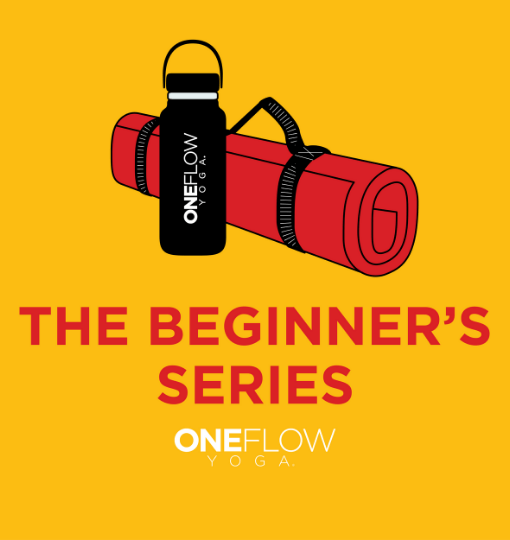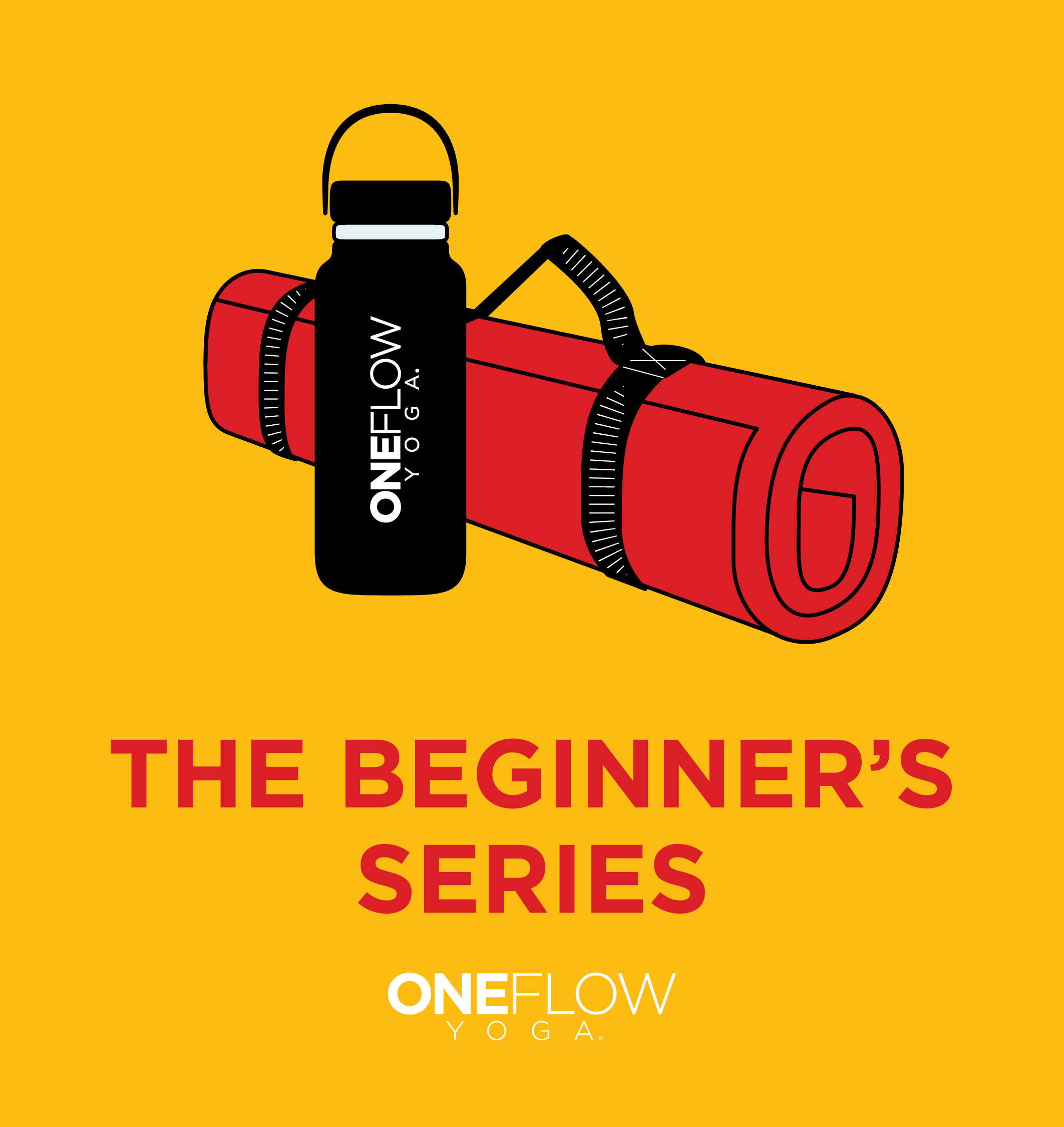To many, yoga seems like a physical endeavor. We do yoga postures, sun salutations and all things hamstring related. It’s easy to see how someone would get the idea that yoga is about the physical. Couple that with our culture of fitness and approach to movement which involves personal bests and winning. We love to climb every mountain and ford every stream. But the real work of yoga is much deeper and right in front of us.
Remember when you were a child and had chores. I don’t know about you, but I remember thinking once or twice that the only reason my parents made me clean the bathroom was that they didn’t want to do it themselves. And my brother thought it was a flat-out conspiracy against us. Our folks were living the good life, and we were Cinderella.
What I didn’t realize was that chores were for my benefit. They helped me to contribute to our family and develop a sense of responsibility. Doing chores at a young age is also a predictor of adult success and child happiness.
It would have been much faster, less heartache and better done if my parents just did the tasks themselves. But they did the extra work, like reminding me to do my chores or cleaning up after I cleaned up because they valued what chores instilled.
I thought I was doing one thing when the reality was another.
Yoga is like that. We move, bend, and stretch our bodies. And that’s important, for your body is how you interact with the world. Everything you hope to do or be will be accomplished through your body. Even if you want to express love you do it through the way you act which requires your body.
It makes sense to take care of it.
Yet your body is not merely physical. When you move the physical, you move your mental, emotional and spiritual selves too for they are entwined. Going for a walk, for instance, can help your memory and sense of well-being and running up stairs can bring a smile to your face.
In asana or physical yoga practice, we use the body to give us something to pay attention to for that’s one of the purposes for yoga. We think we move to move, but it’s really about where we place our focus.
Physical sensation is wonderful for attention because if you zoom into what’s going on in an act like touching your toes what you’ll typically see is this…
You hear an instruction by a teacher to place your hands on the floor, lift your hips and breathe. When you do that you notice you can’t straighten your legs. There is a stopping point.
That’s where things get interesting. You’ve reached a physical limit. You can now “pay attention” and watch how you deal with it.
We all have strategies for dealing with limits. Some people just barrel through them; others back down and stop trying. The real work of yoga is to be with the limit and watch your patterns and reactions.
If the limit does not change quickly do you move on? Can you stay with it as it is or do you apply more force?
The posture becomes a metaphor for how we deal with difficulty. It’s well suited for this purpose because there’s typically enough time to watch yourself. The stakes are low because it doesn’t matter if you straighten your legs or not. No one is watching or expecting anything from you. All that’s left is you observing your reactions.
We use ourselves to look at ourselves. We move our bodies to observe how we think, move and desire to move our bodies.
But we are terrible at it.
And worse, we don’t know we’re terrible at it.
There’s a saying in yoga that we must use the same ground upon which we have fallen in order to stand up. Despite our unpracticed and underdeveloped sense of personal observation, it’s the best we’ve got.
We are terrible at watching ourselves because that’s not our usual approach to things. “Lift your arms towards the ceiling,” a teacher says, and you do so because you’ve done that action a thousand times in your life. It’s second nature; a habit. Because it’s a habit, we don’t have to think about it. So we don’t
But yoga is watching how you lift your arm. That’s what matters. Getting your arm up is secondary because once you do, you’ll have to do something else to give you another thing to pay attention to. The practice of yoga helps us develop the ability to unlearn our conditioned responses so that we can see more about what is happening in this moment.
If you’ve ever seen someone who has lost their ability to walk and had to relearn, it’s a very yogic experience. There is frustration, embarrassment, even anger, over not being able to do this simple thing they’ve taken for granted. They have to begin again and take it one movement at a time.
As they do, there’s often a sense of resolve and patience. There’s an acceptance of where they are in this moment and courage that comes forth as they endeavor to keep trying.
The real work of yoga occurs when we find a place of discomfort, like a physical limit or situation we cannot change. Once we discover an uncomfortable spot, we choose to stay awhile. We’re not trying to “get through it” or make it into anything else. It’s value to us is that it’s uncomfortable. It rubs us the wrong way.
Because that’s where we learn about ourselves. We learn about what makes us impatient and what bothers us. We notice how we react and what our reactions look like. We notice our desires and what happens when they are not met.
And there’s more.
We can use these spots to make real change and to gauge how effective our work has been. We can also use them to savor this moment and even find courage.



